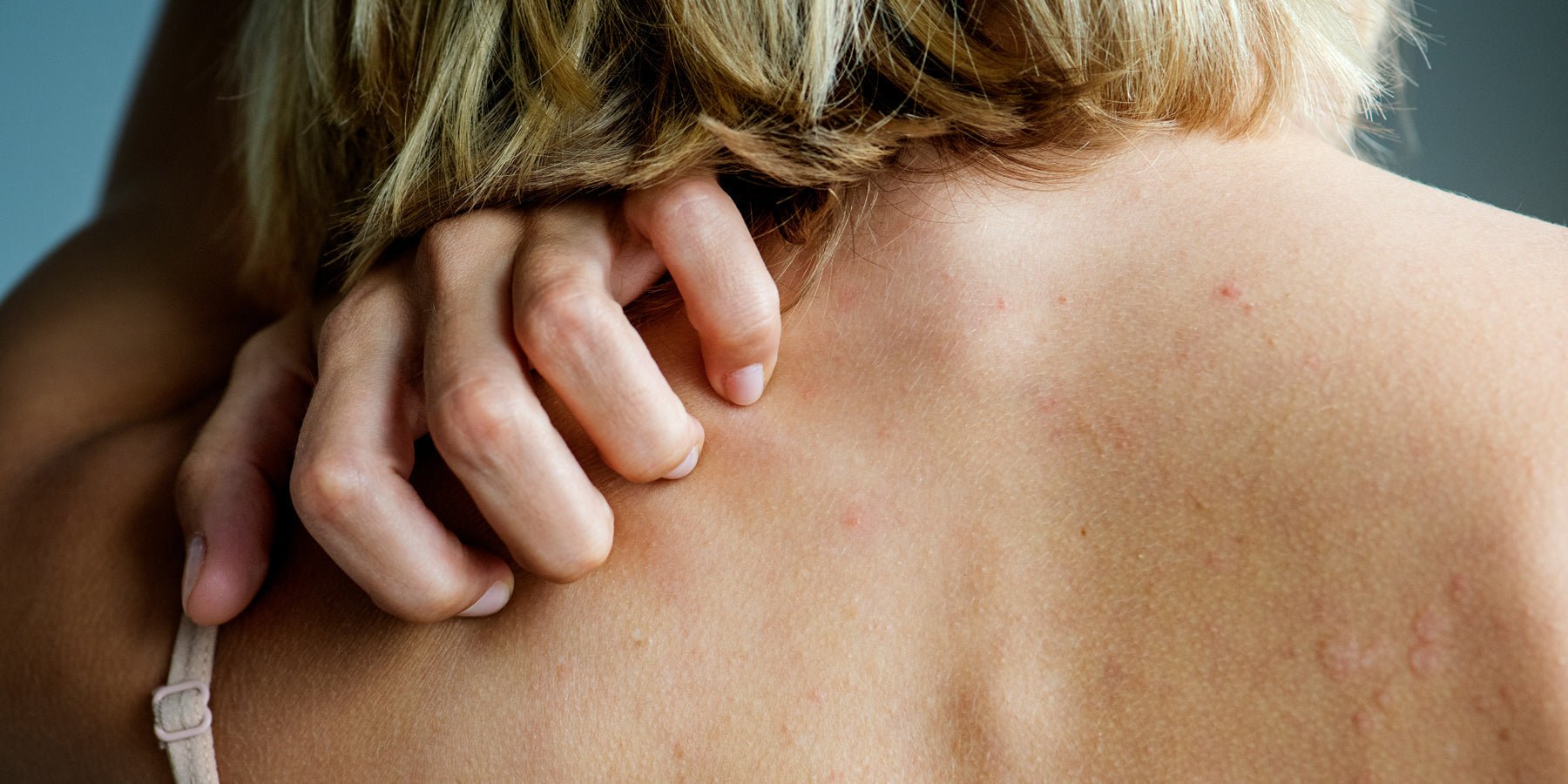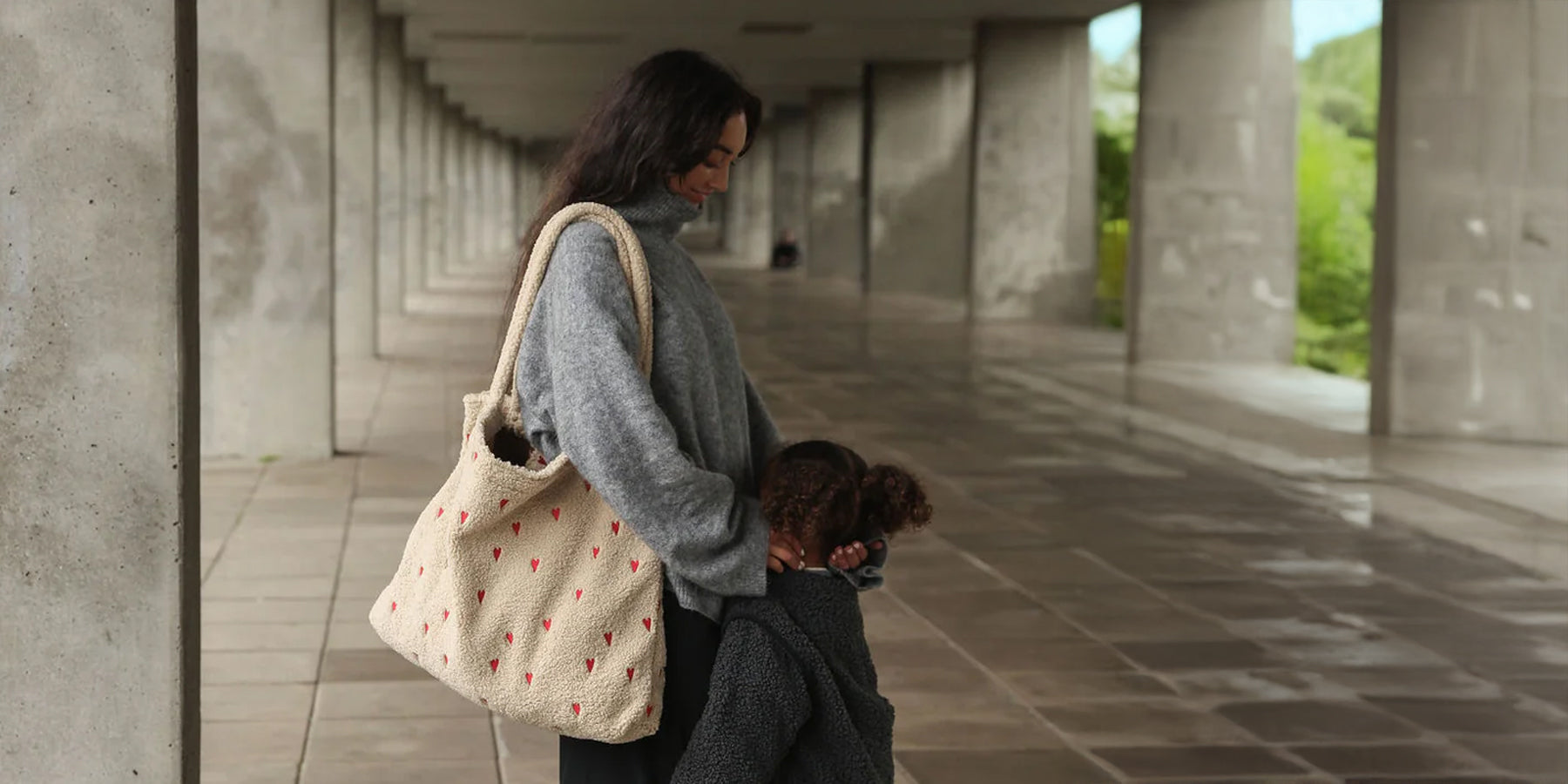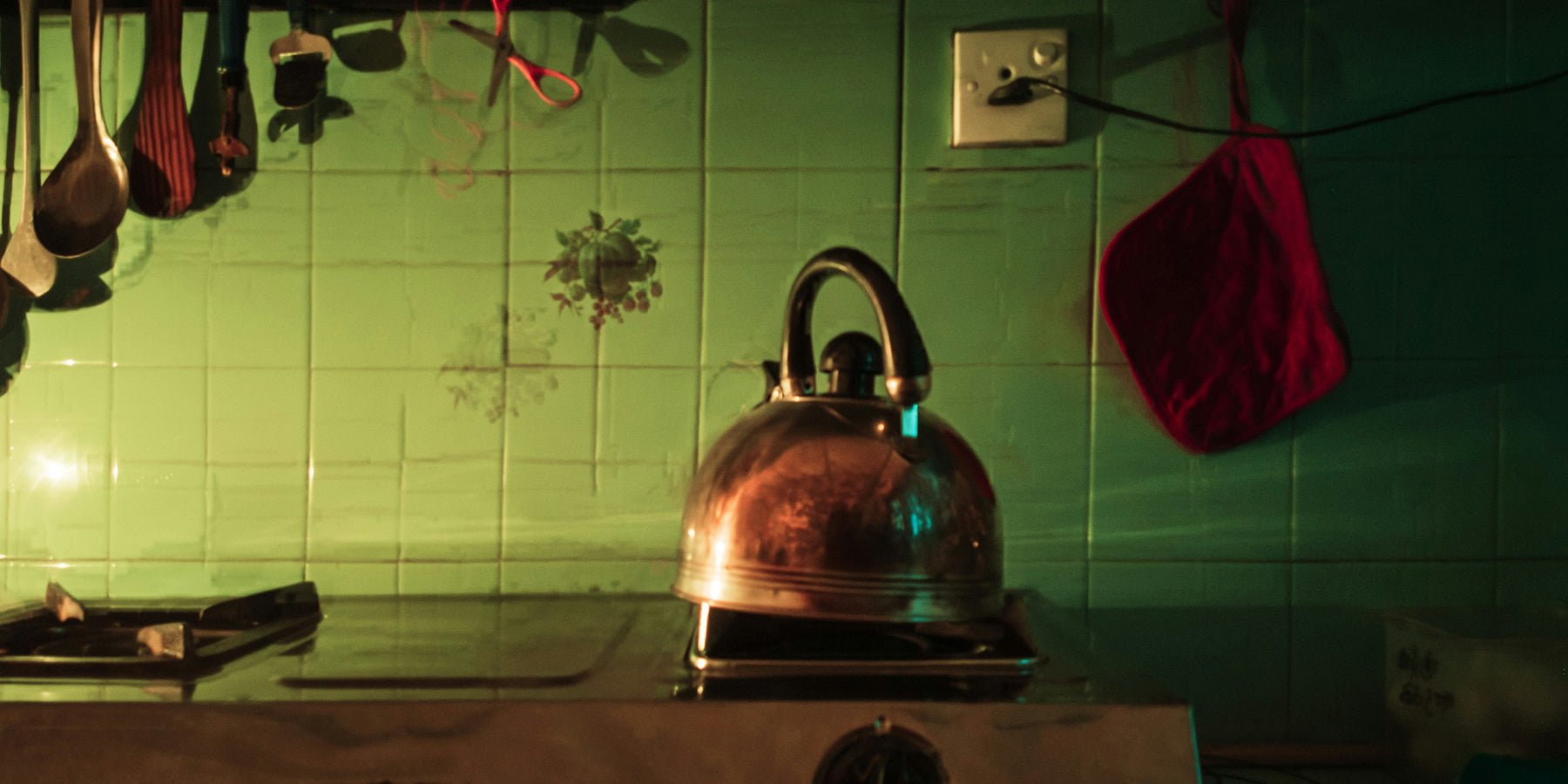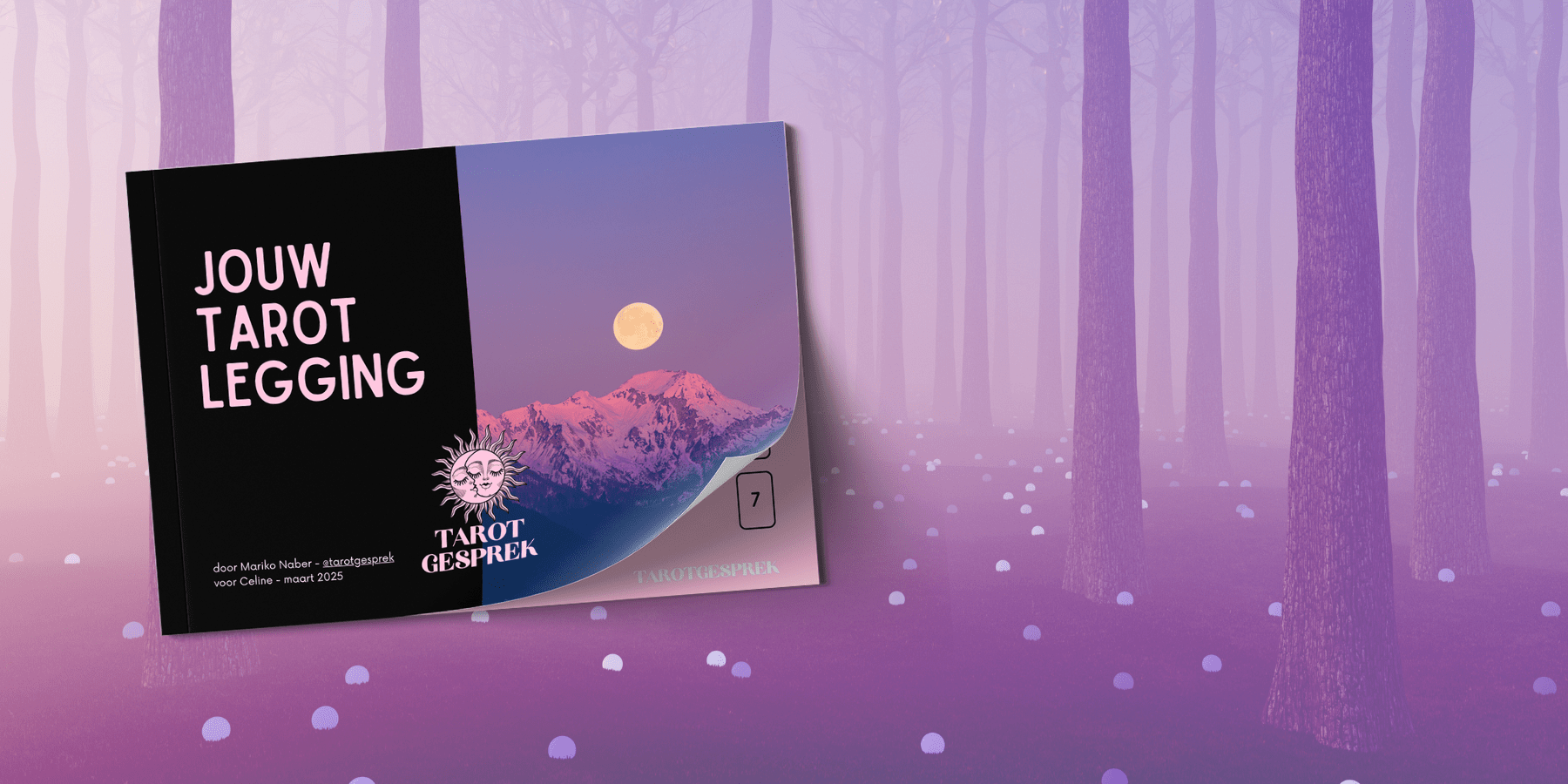As soon as summer begins, most Dutch people flock to the sun. Most people love to enjoy the warmth. However, these sunny summer days do not end equally relaxed for everyone. There are also people who suffer from itching, blisters and red spots in the summer. Sounds like a burnt skin, but it can also be something else, namely a sun allergy. This is a collective term for various skin reactions that can occur due to exposure to UV radiation. A common reaction is, for example, polymorphic light eruption (PMLE). In this case, people suffer from itching and a rash, which occurs a few hours or days after sunbathing. This is caused by the skin being oversensitive to UV radiation, and can even occur after short exposure to the sun.
How can sun allergy develop?
Although you may not hear about it often, sun allergies are quite common. They can occur in anyone, although some groups are more susceptible. Women between the ages of 15 and 35 are most likely to develop PMLE. In addition, it occurs more often in people with light skin, because their skin contains less pigment and is therefore more sensitive to UV radiation. People who live in areas where the sun shines less often (such as the Netherlands) can be extra sensitive to UV radiation when the sunlight is suddenly very intense. In addition, genetic predisposition can also play a role. Do you have family members with sun allergies? Then you are also at greater risk yourself. Finally, certain external factors can increase the chance of a reaction. Think, for example, of applying products with fragrances or citrus, but also the use of certain medications.

How is sunburn different from sun allergy?
Sometimes sun allergy is confused with sunburned skin. When the skin is sunburned, there is usually an even red color. The skin feels warm, is tight and is painful to touch. This is because the upper skin layers are damaged by UVB radiation. With sun allergy, the symptoms are different. There are bumps, blisters or even hives. Sun allergy is often accompanied by severe itching. With sun allergy, the skin can also feel a bit burning, but usually not nearly as painful as when the skin is really sunburned. With sun allergy, the symptoms often only become visible a day later. Want to know more about the differences and what you can do about sun allergy? Then you can read more on this page: What to do about sun allergy ?

What can you do about sun allergy?
Are you sensitive to sun allergy? Then it can be difficult to completely prevent the skin from reacting. However, there are measures you can take to significantly reduce the chance. For example, it is important to protect the skin well. Therefore, choose a broad-spectrum sunscreen, so that the skin is well protected against the different types of UV radiation. Make sure you have a good protection factor of at least SPF 30. Finally, it is wise to use products without perfume or irritants, because these can increase the chance of a reaction if you are already sensitive to sun allergy.












Interesting? Share with someone:
Become Who You Really Are: 8 Habits That Will Change Your Life (and Yourself)
Can you go on holiday with an electric car?